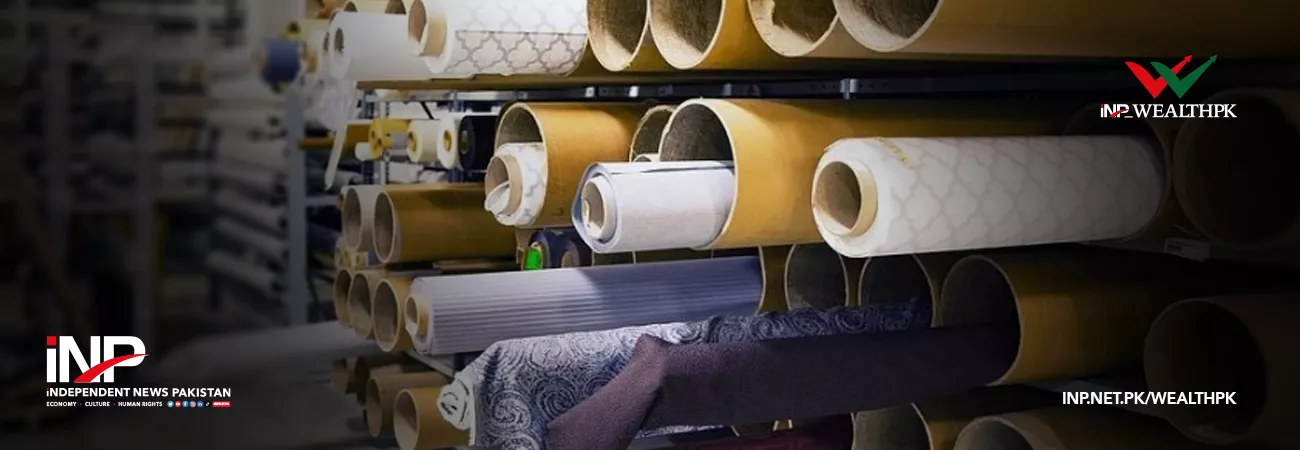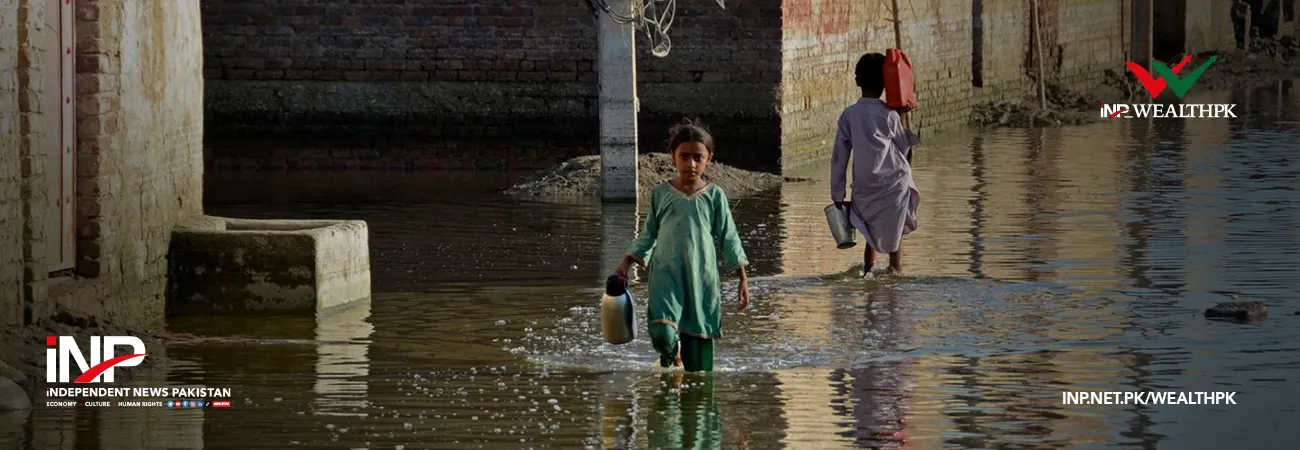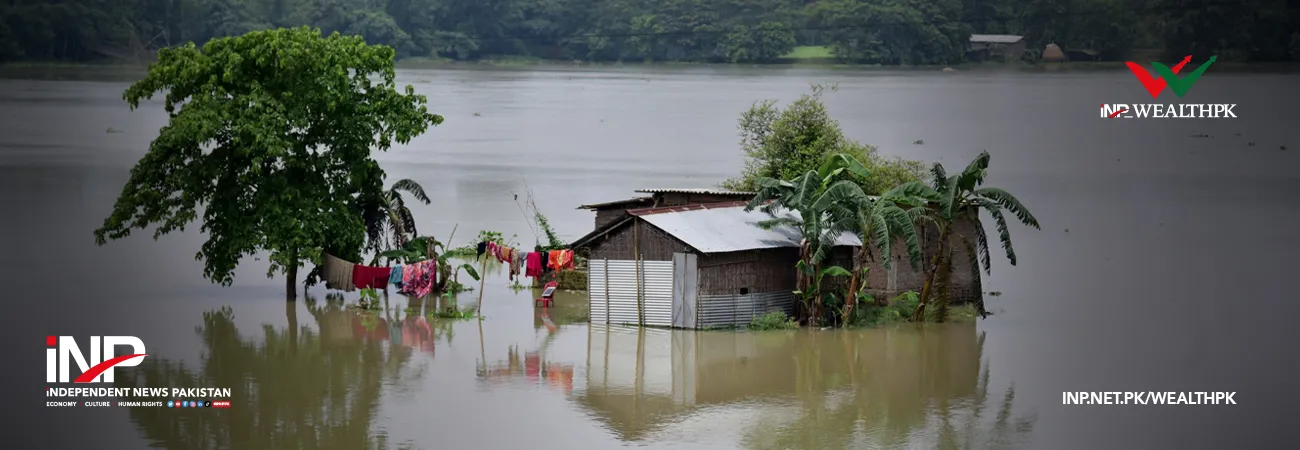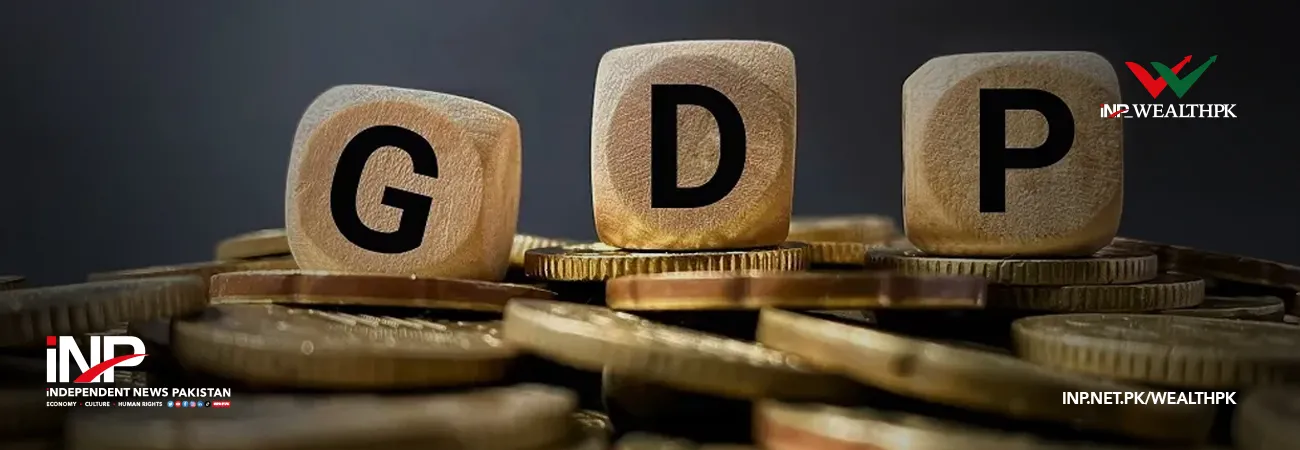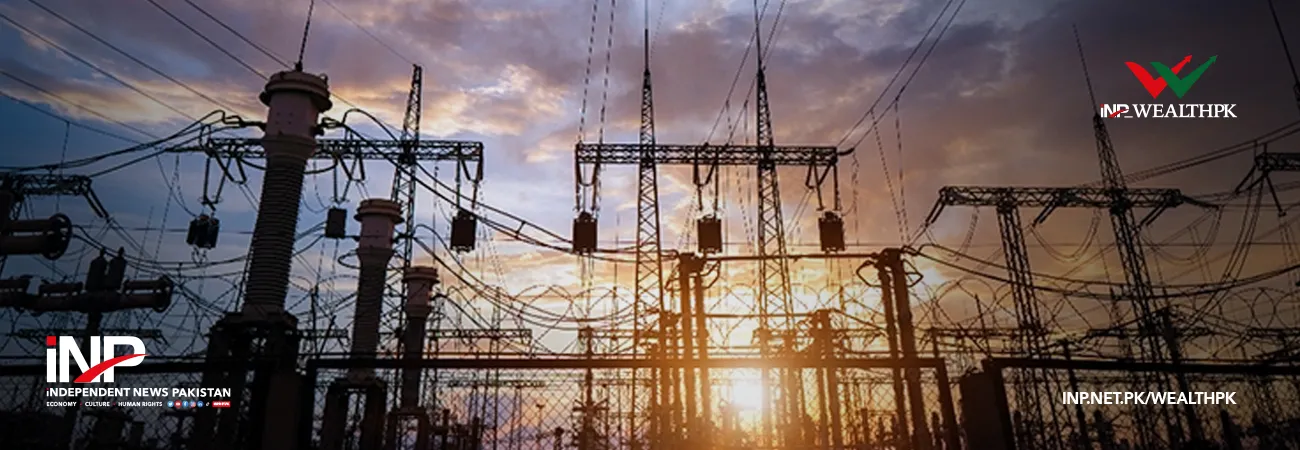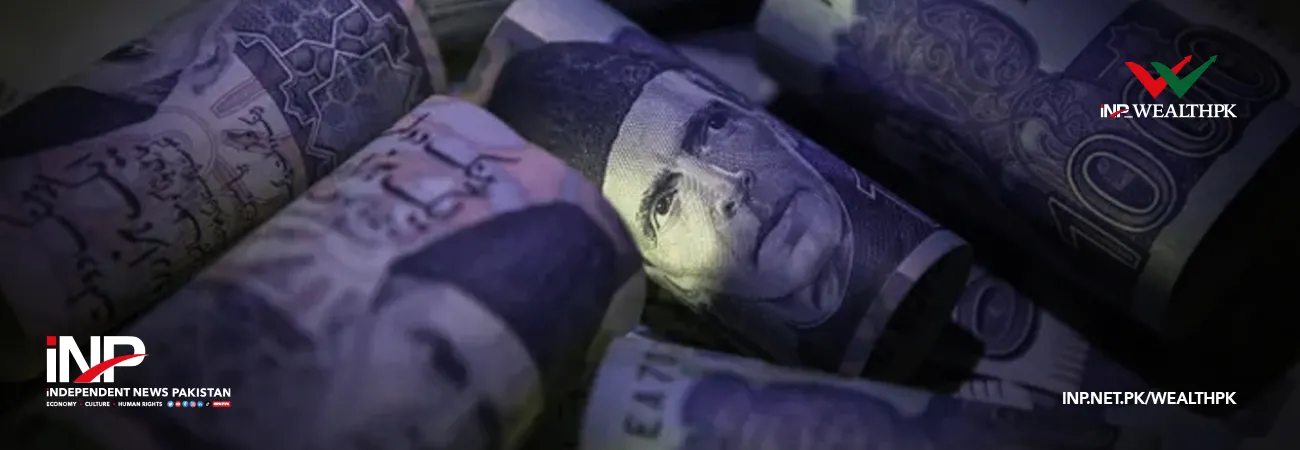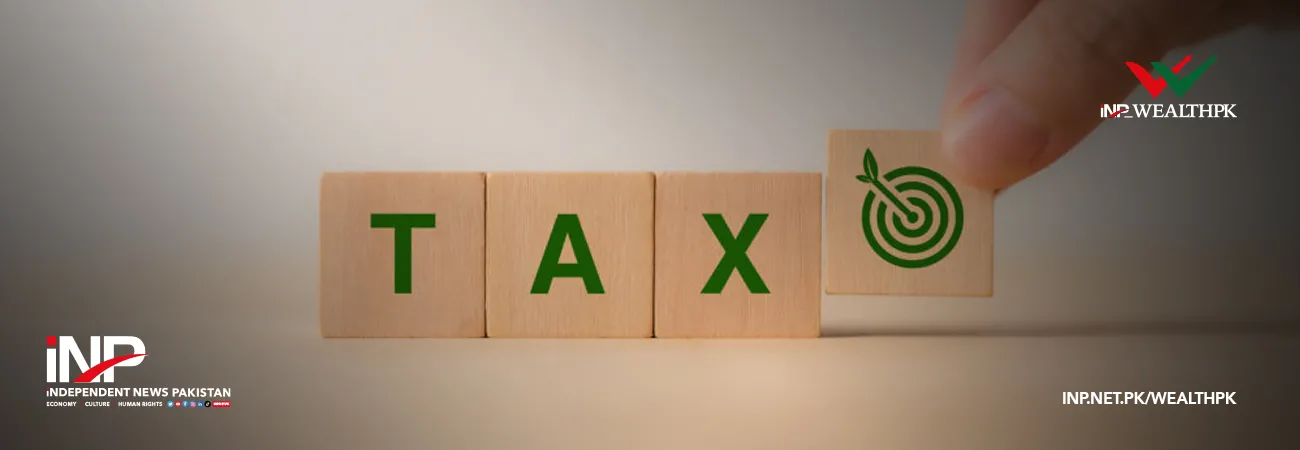INP-WealthPk
Raza Khan
Textile exporters have attributed the sharp decline in the country’s textile exports during first the 10 months (July-April) of the current fiscal year (2022-23) to the withdrawal of concessional tariffs on electricity and gas for the sector. “The textile industry is currently under stress due to rising cost of doing business,” said Faisal Nisar, Senior Vice Chairman of the Pakistan Textile Exporters Association (PTEA), while talking to WealthPK.
“The textile industry is already passing through a difficult time due to cash flow crunch and non-issuance of letters of credit (LCs) for imports of raw materials,” said Nisar, adding that the withdrawal of concessions on energy tariffs further damaged the export pace. “Exports are falling both in value and quantities, causing adverse impact on employment and the overall economy of the country,” the PTEA vice chairman said.
He said that a 29% year-on-year (YoY) decline in textile exports in April 2023 is alarming, and the export-oriented sector needs urgent measures by the government to improve the current state of affairs. According to data (provisional) released by All Pakistan Textile Mills Association (PTMA), the country’s textile exports declined by 29% in April 2023 to $1.24 billion from $1.74 billion during the corresponding month of last year, making it the seventh consecutive month of negative growth. The country’s textile exports also fell by14% during the first 10 months of FY23 to $13.71 billion from $15.97 billion during the corresponding period of FY22.
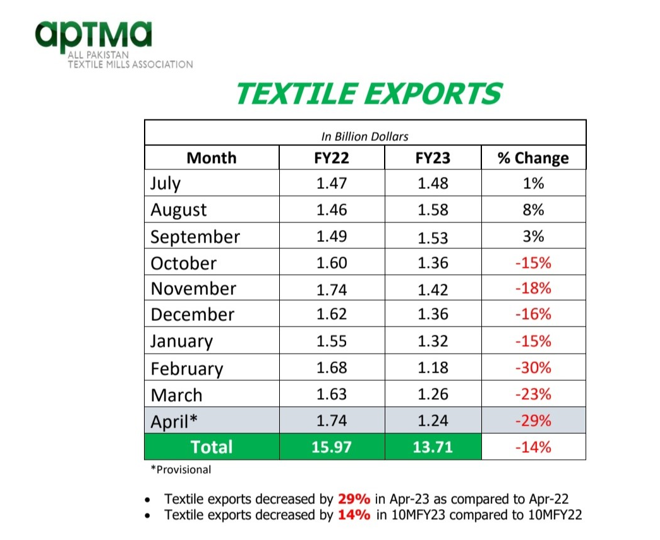
Faisal said that decline in exports is a matter of serious concern for the economy and a major setback to the industry. “An increase in energy tariffs will result in massive halt in textile exports besides creating unemployment,” he maintained. Faisal called upon the government to announce an urgent relief package for the industry to curb exports decline. “Textile mills must be provided electricity and gas at already decided regionally competitive energy tariffs (RCET) to make the industry competitive,” he emphasised.
Faisal said exports are the only hope to revive the country’s economy, but unfortunately issues like non-opening of LCs, cash flow crunch and high cost of production are hitting manufacturing and exports more than global market recession. APTMA has warned that textile exports could decline by 15% to 20% during the current fiscal year compared to the previous fiscal year due to domestic and global challenges.
Pakistan achieved its highest ever textile exports of $19.329 billion during last fiscal year (2021-22). However, the textile sector couldn’t sustain the trend of positive growth and exports started to decline in October last year after recording single-digit growth during the first three months (July-September) of FY23. Textile exports are the major portion of the country’s overall exports, and the textile sector hosts over 50% of the industrial workforce in Pakistan. Textile exports in 2021-22 accounted for 60.92% of the country’s total exports of $31.76 billion. According to Textiles and Apparel Policy 2020-25, the textile exports target for the current fiscal year has been set at $25 billion.
Credit: Independent News Pakistan-WealthPk



